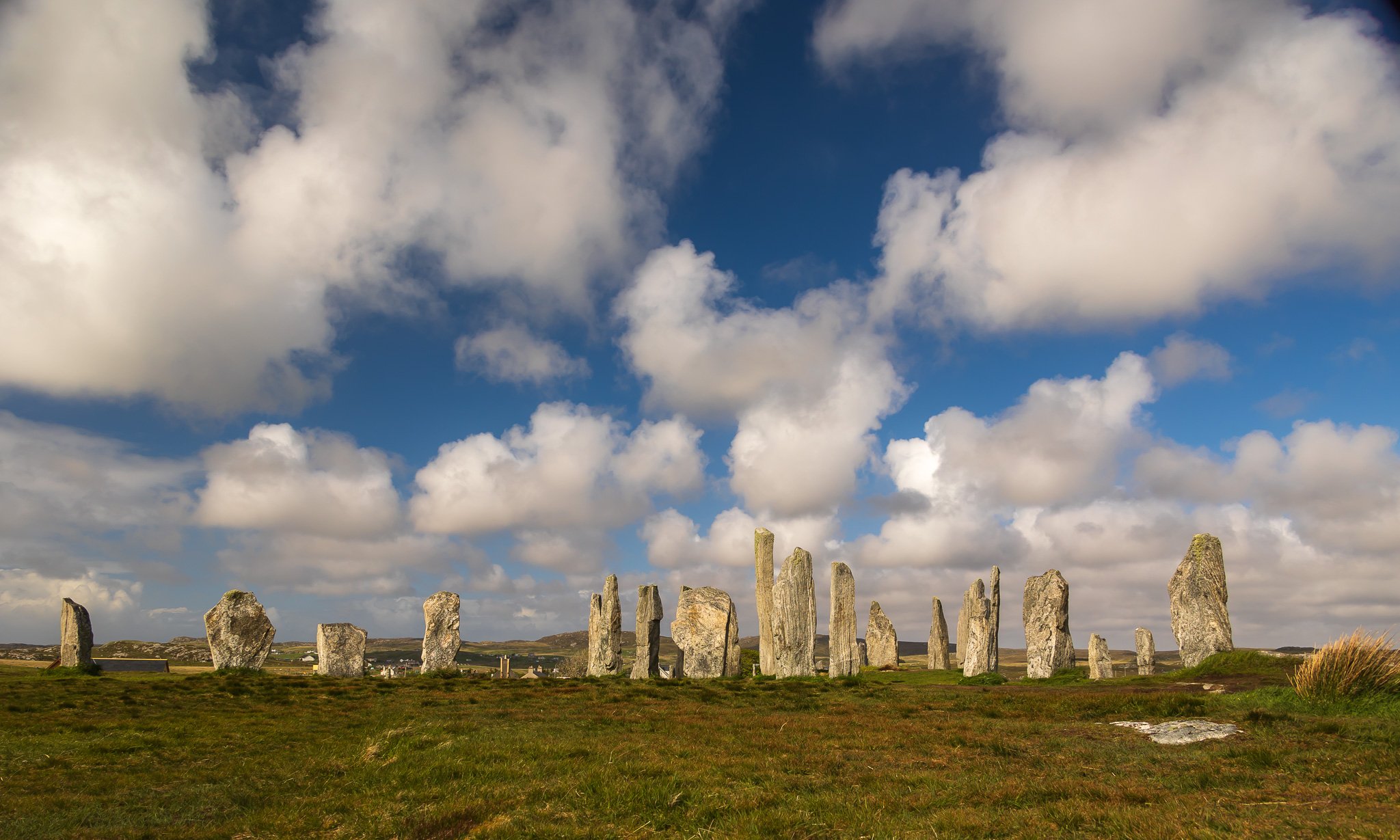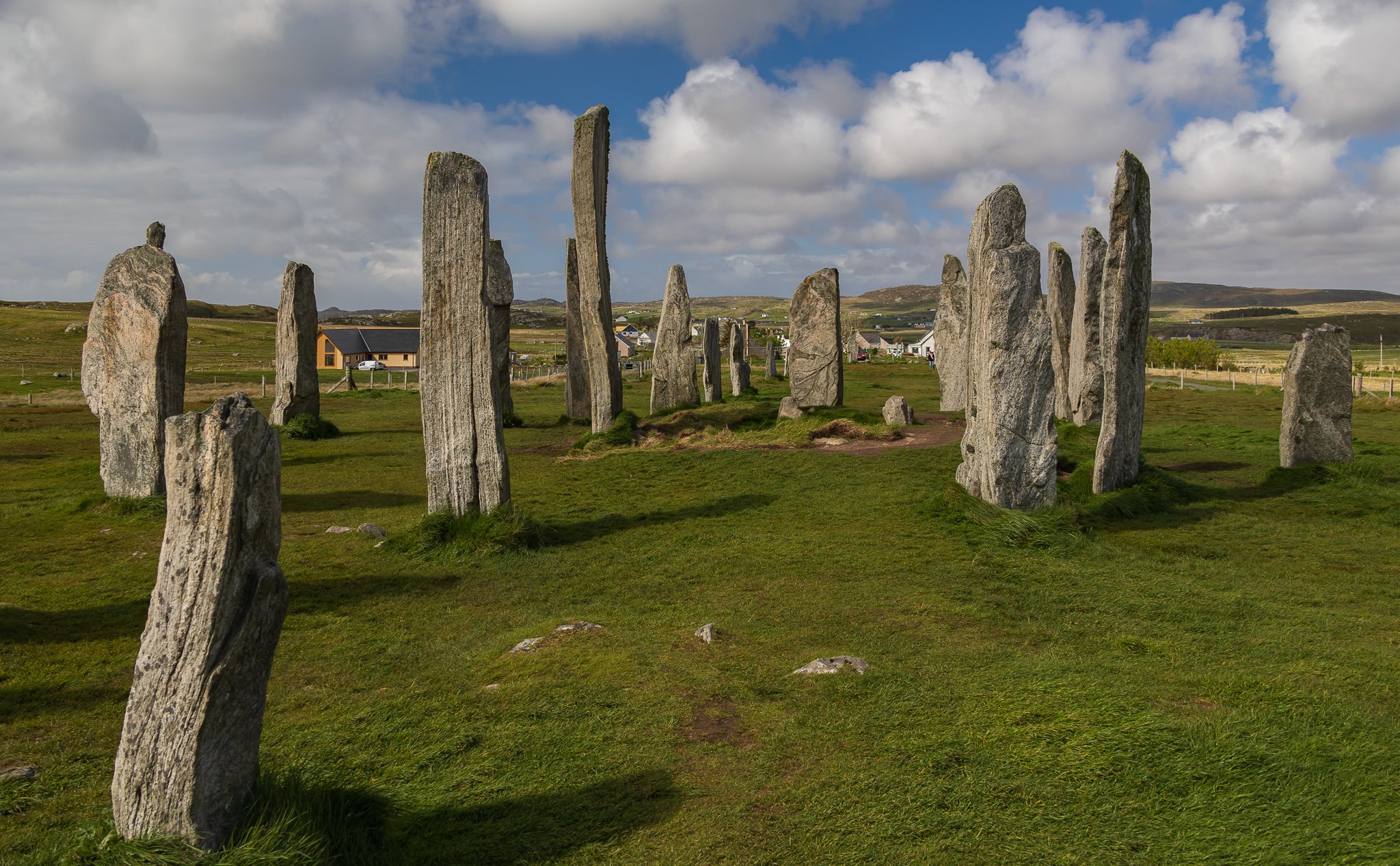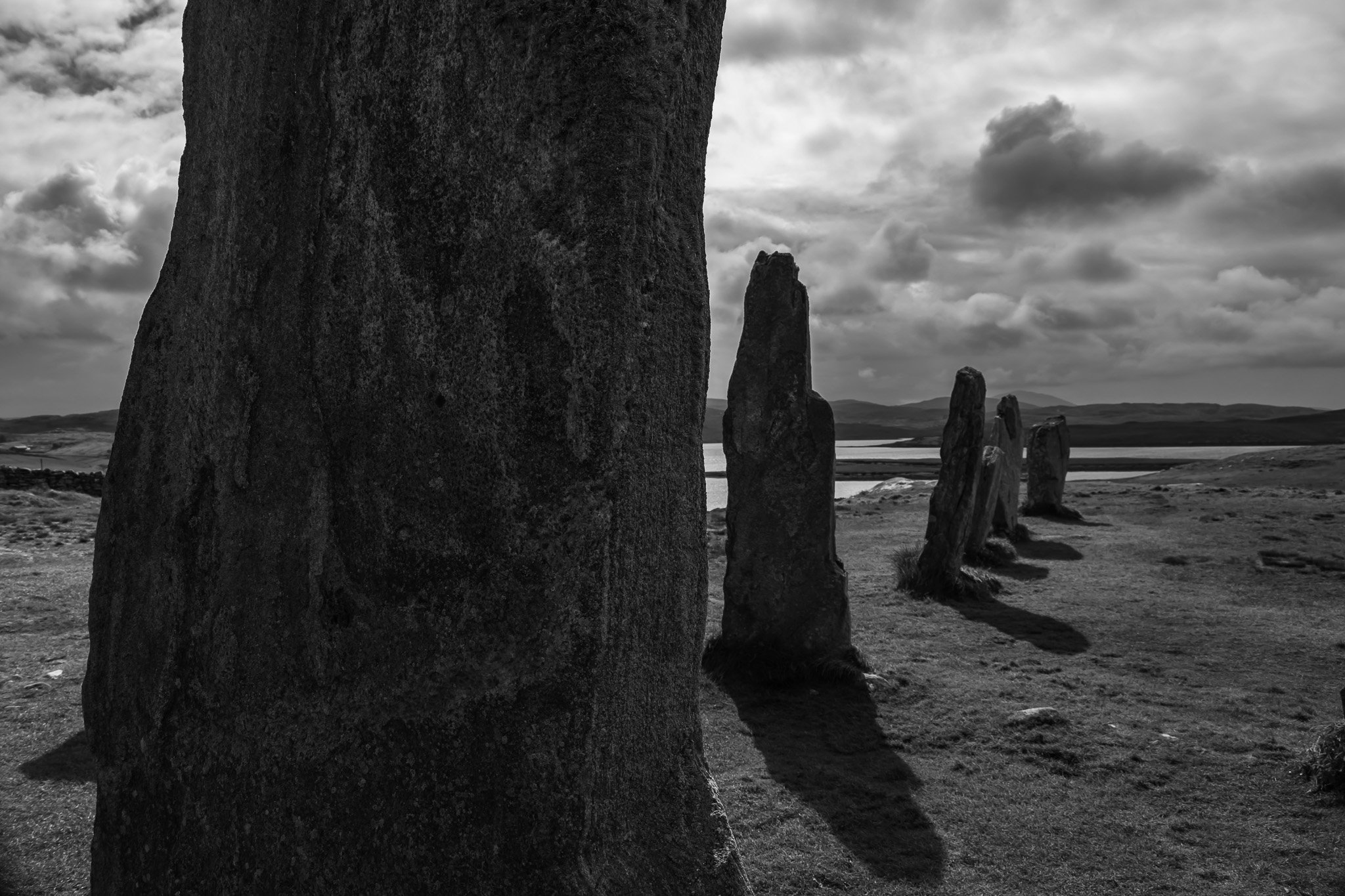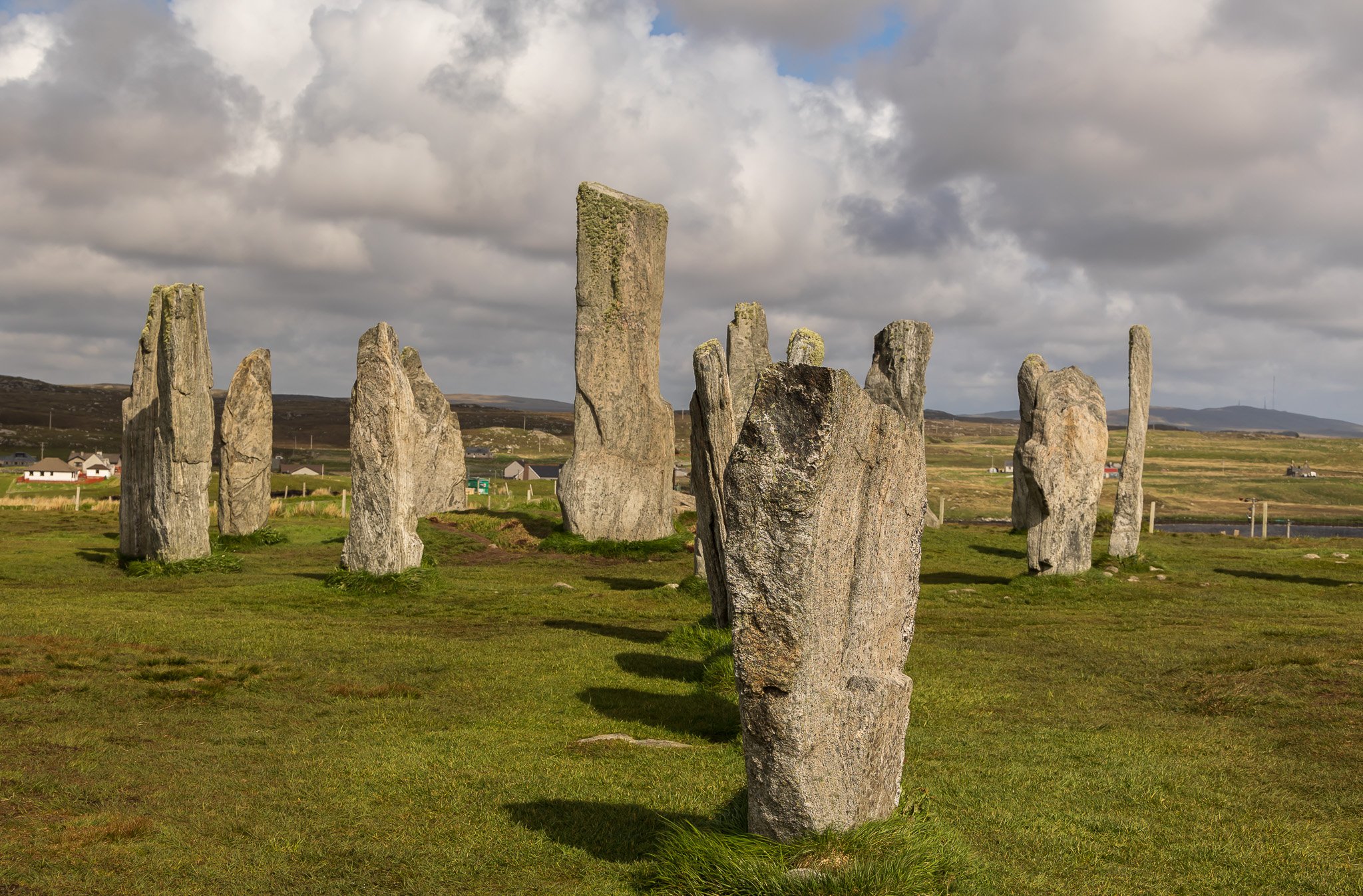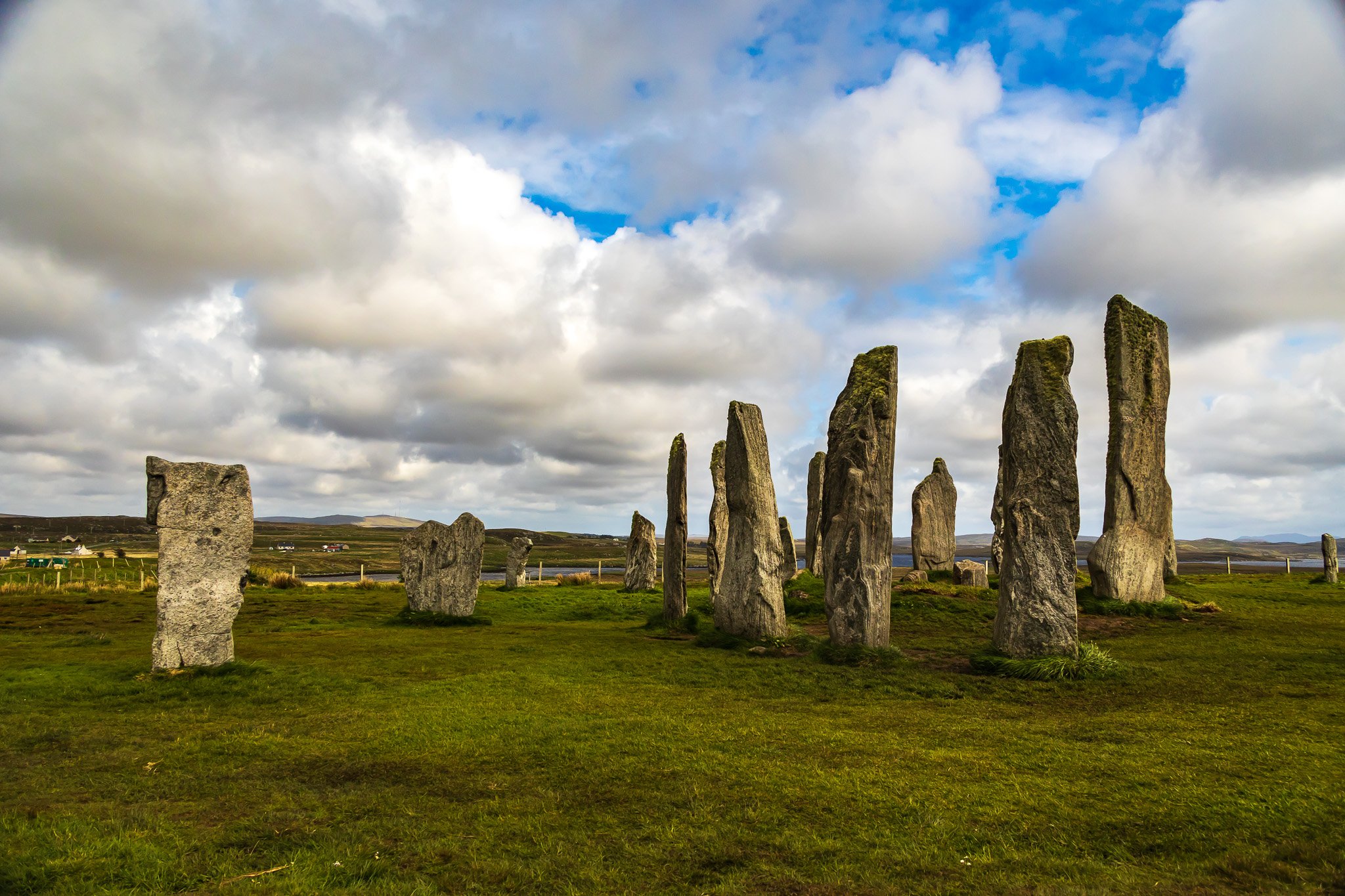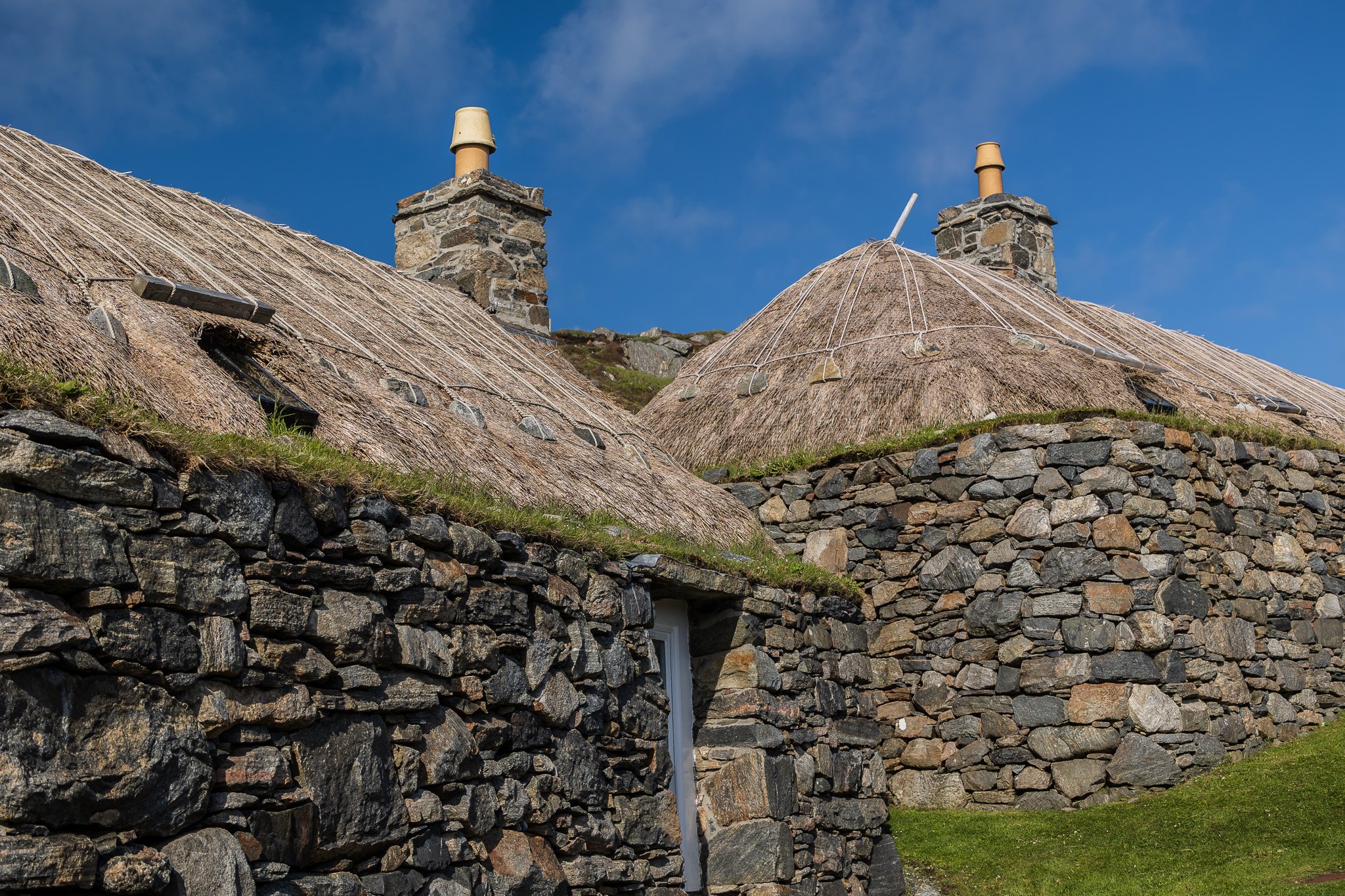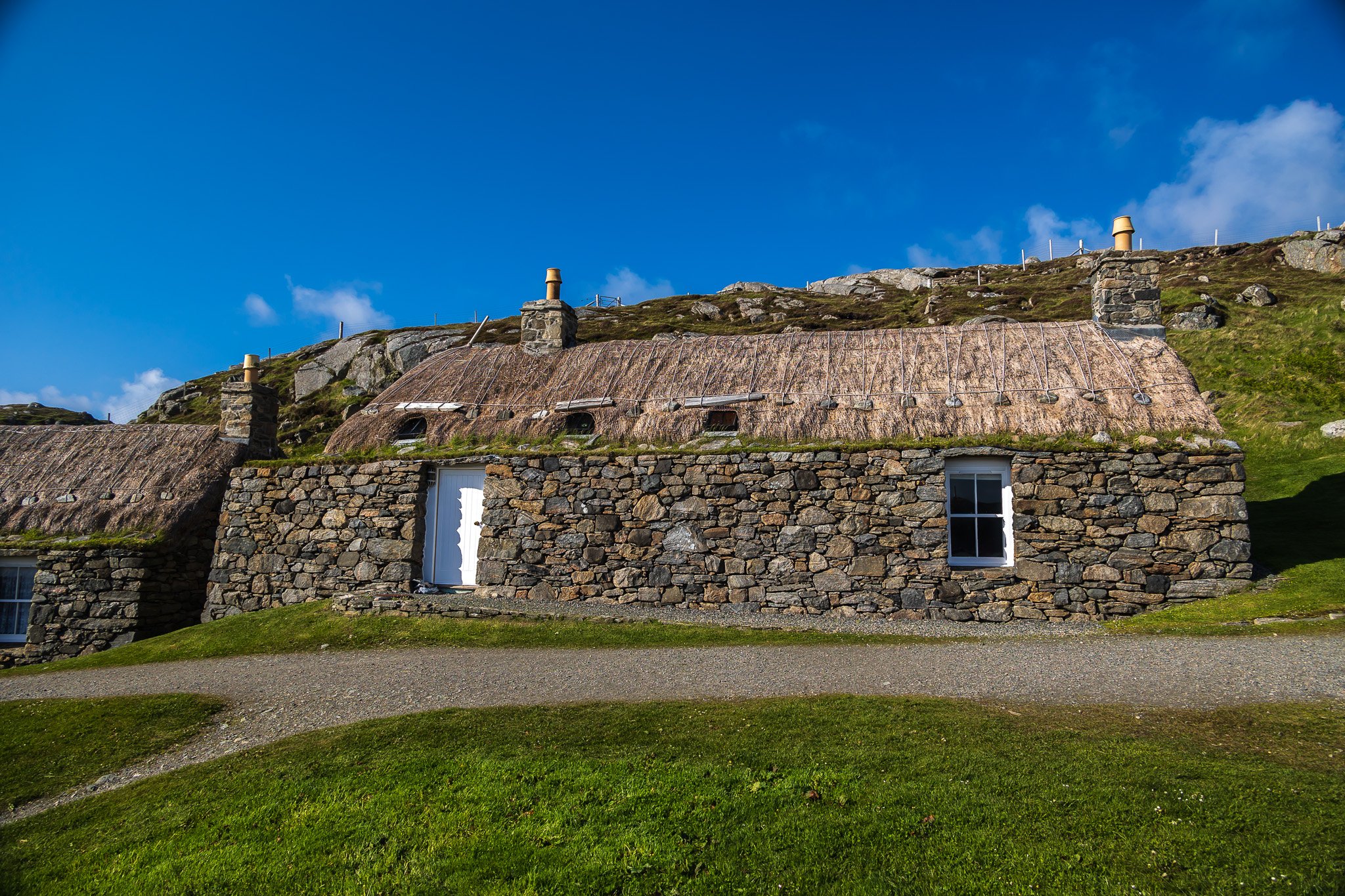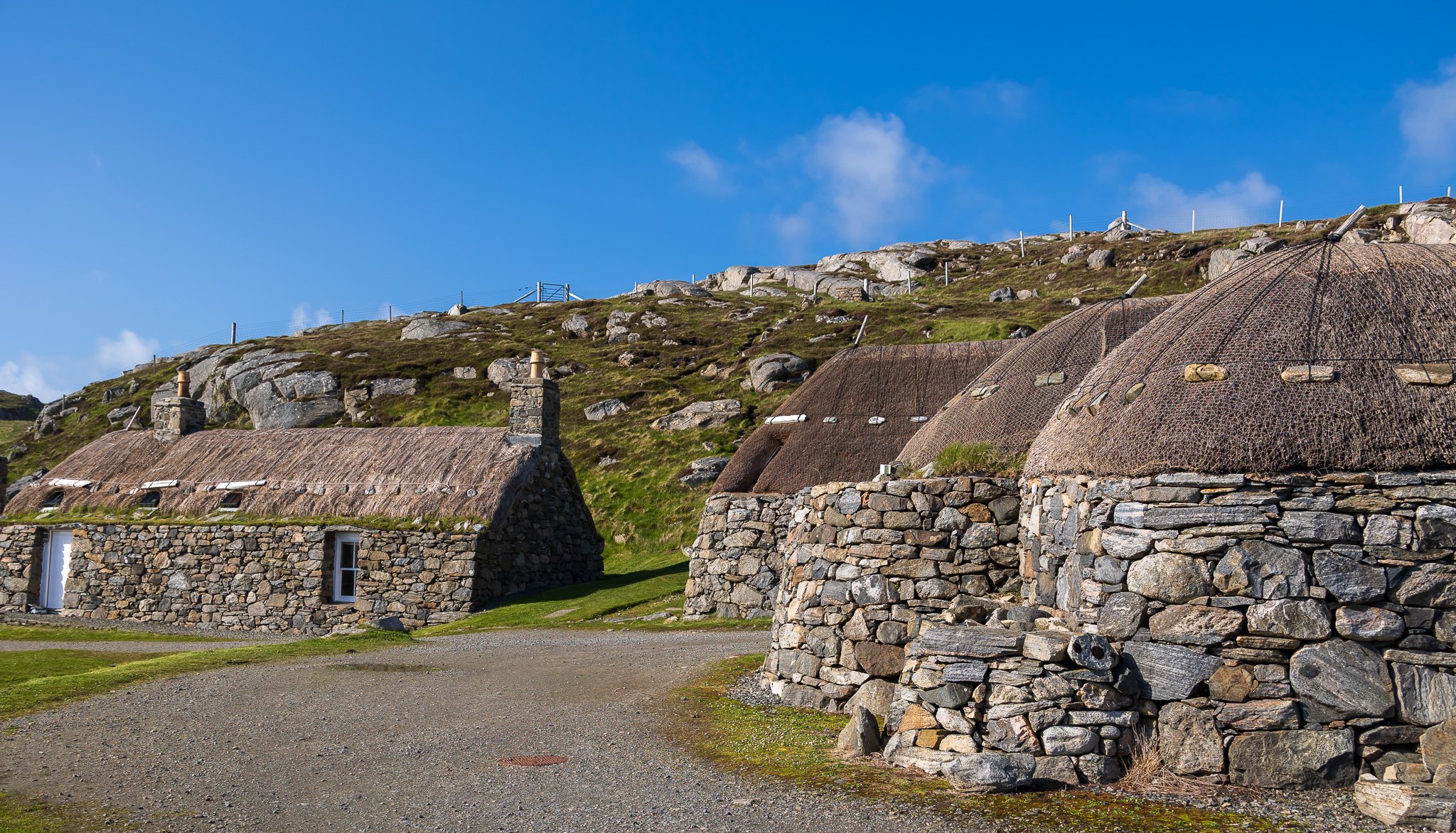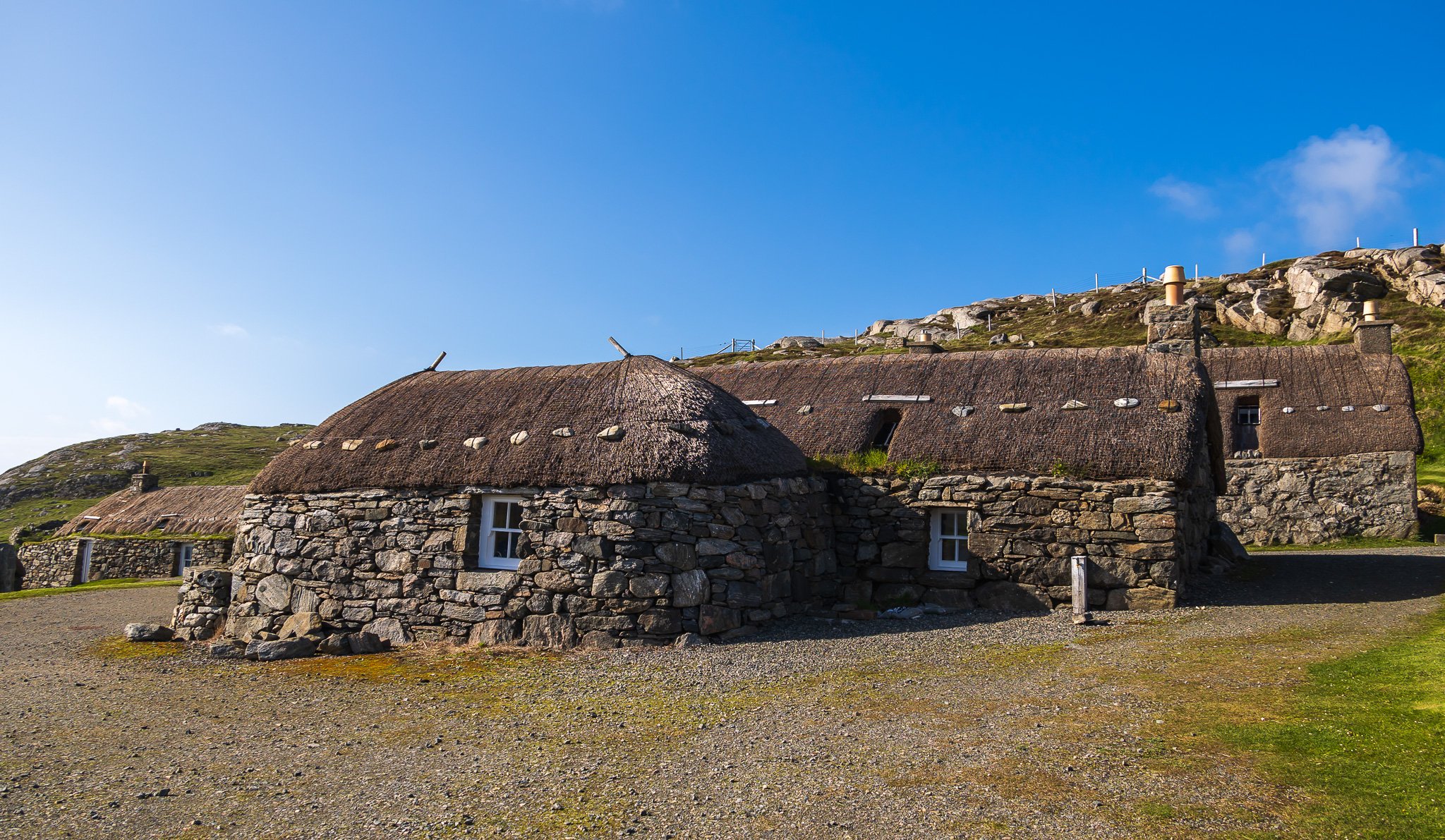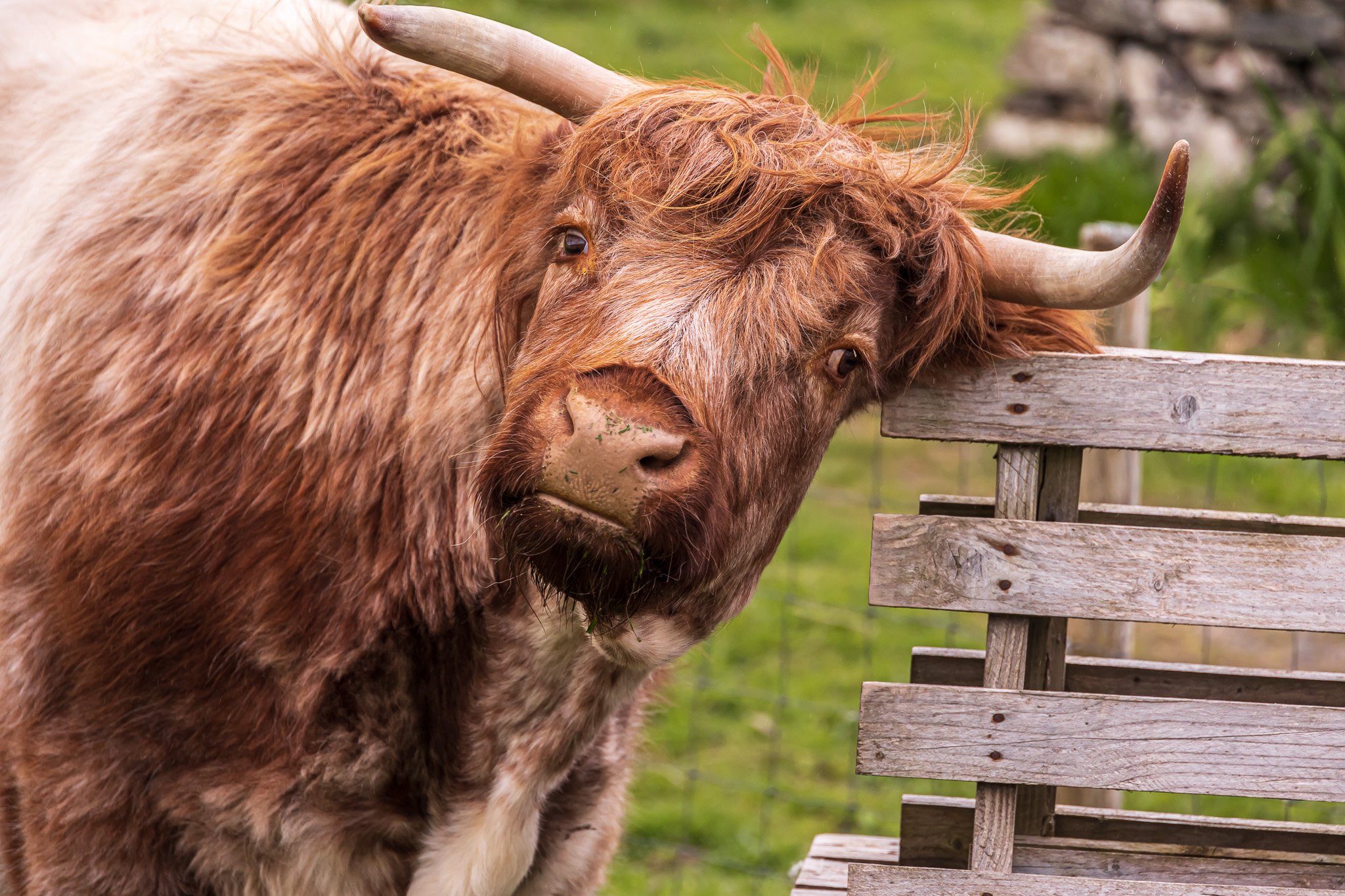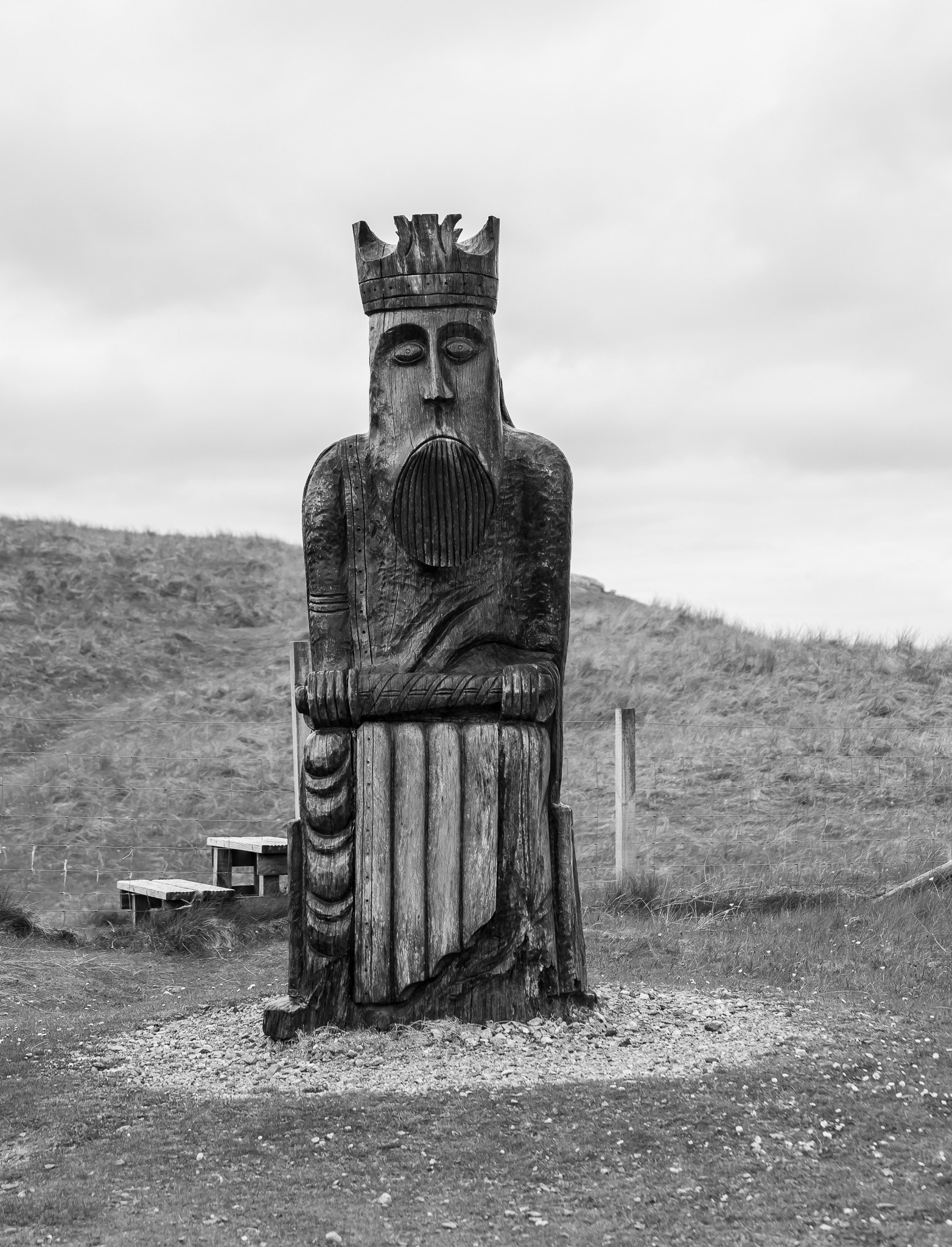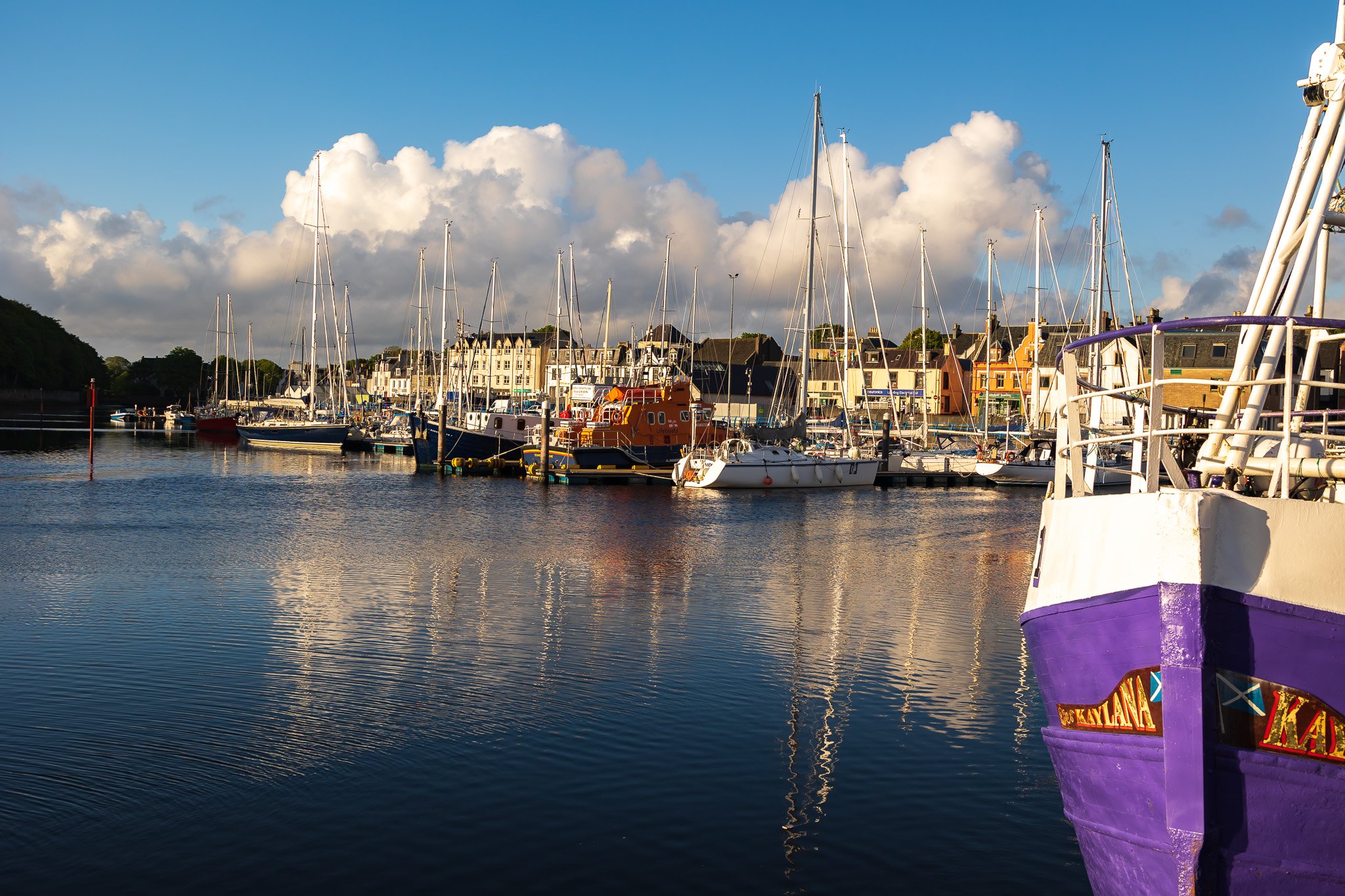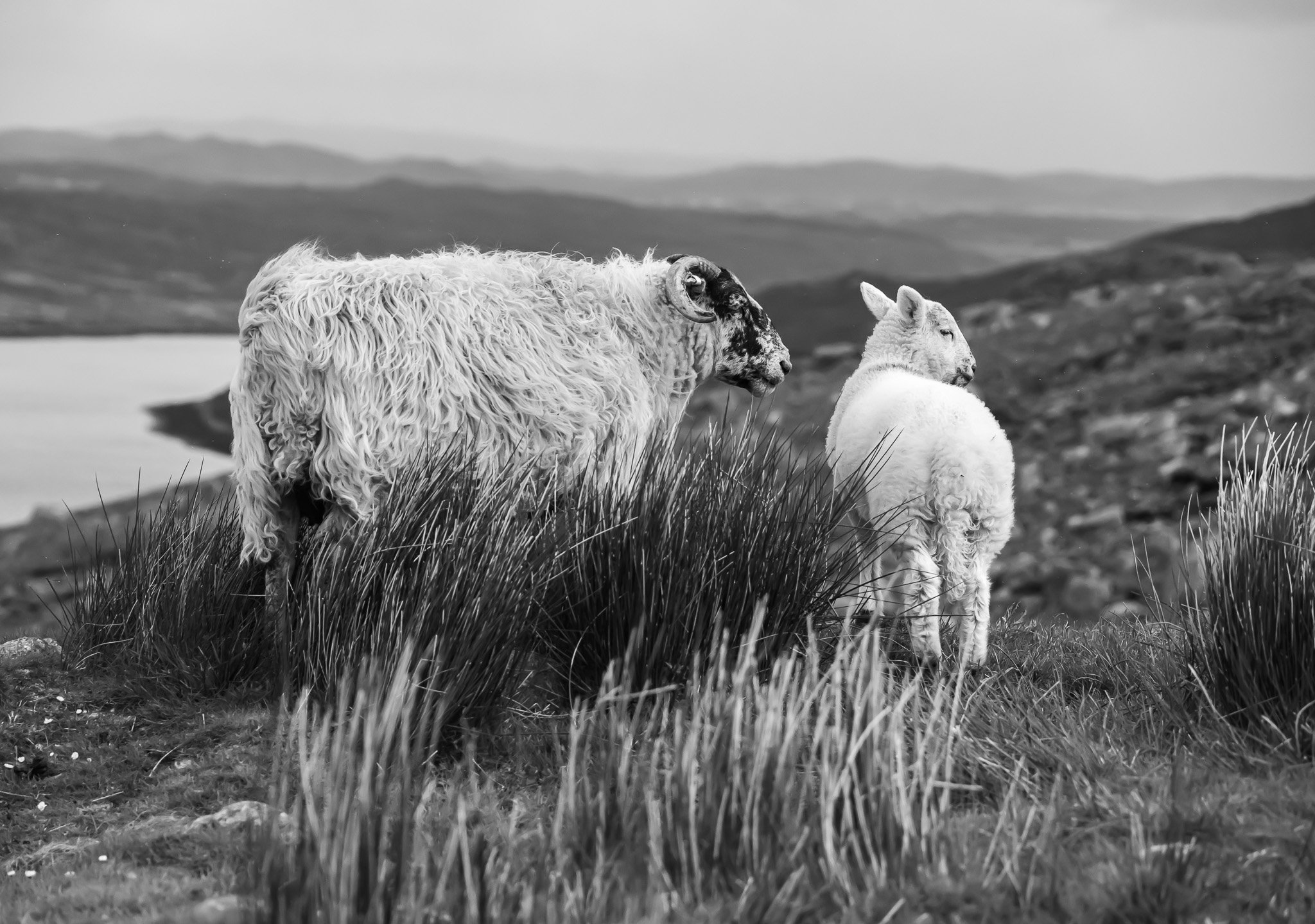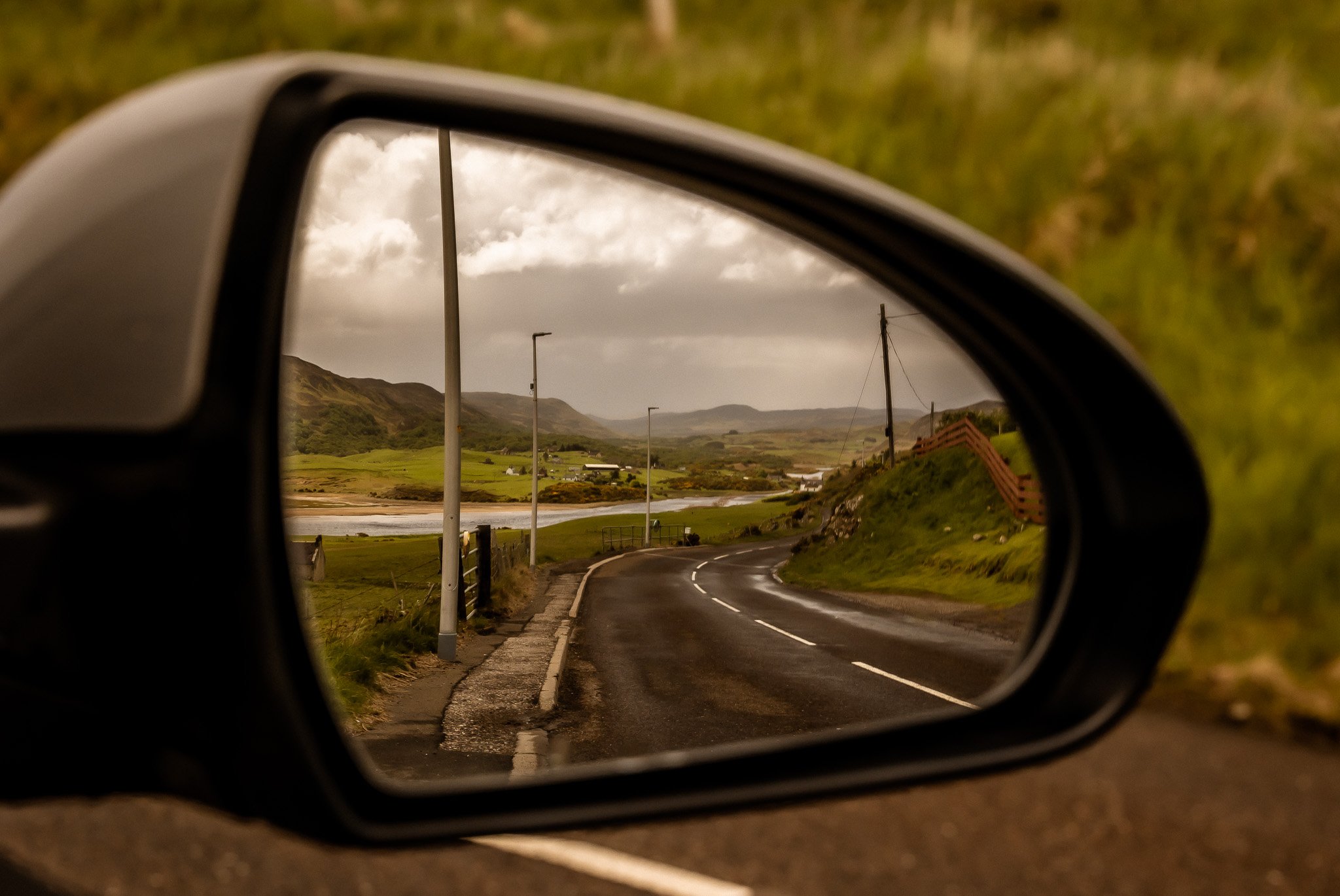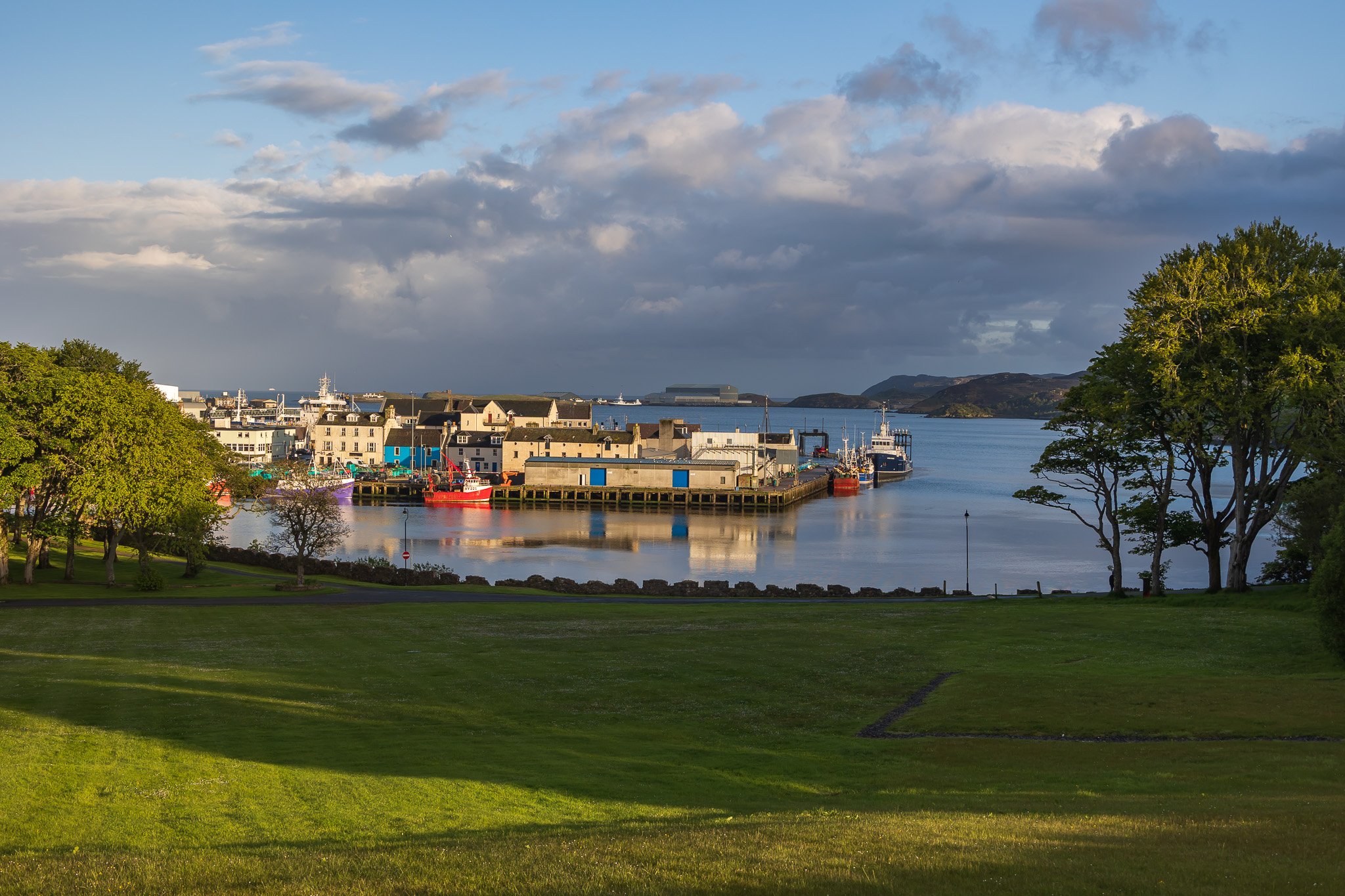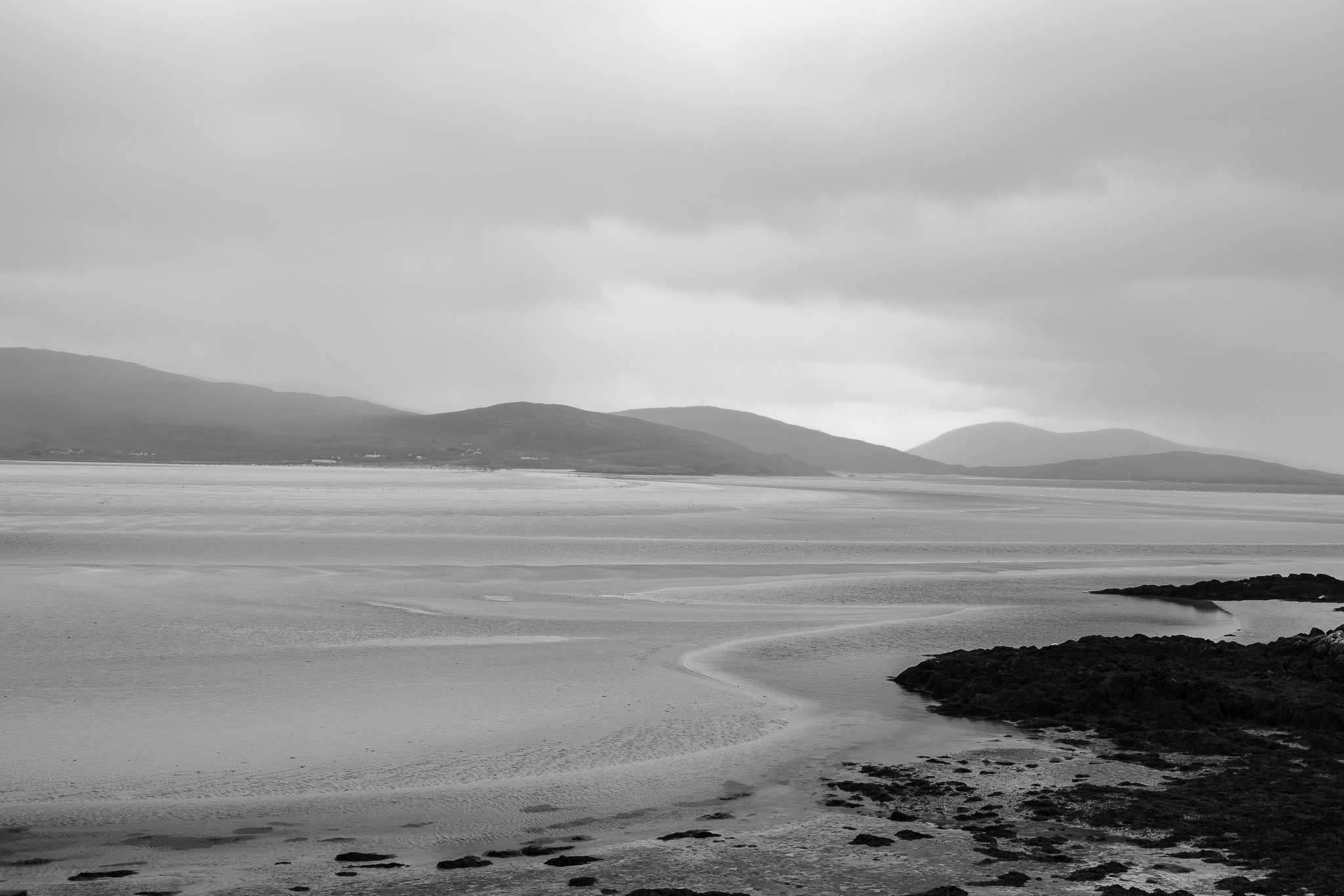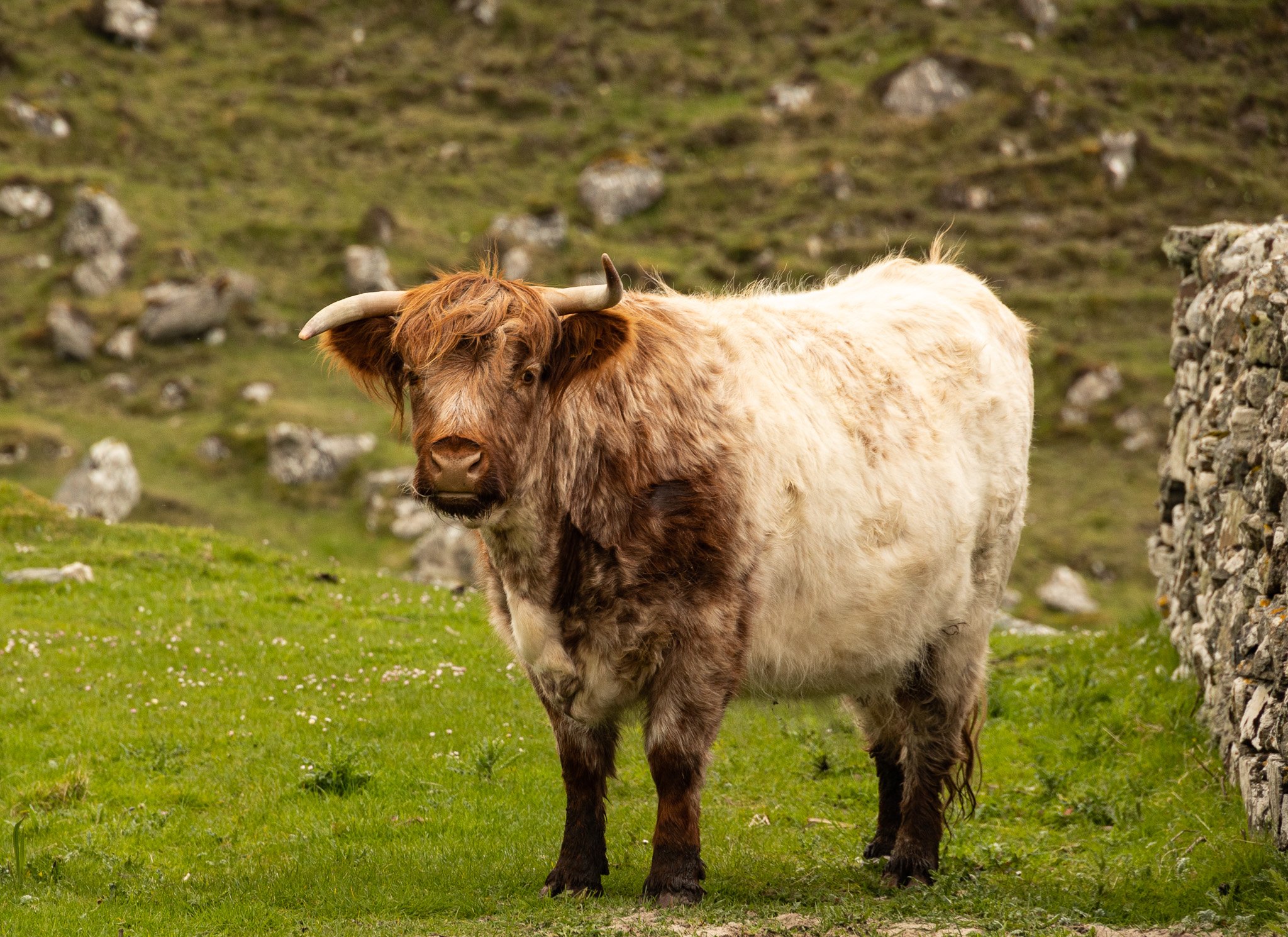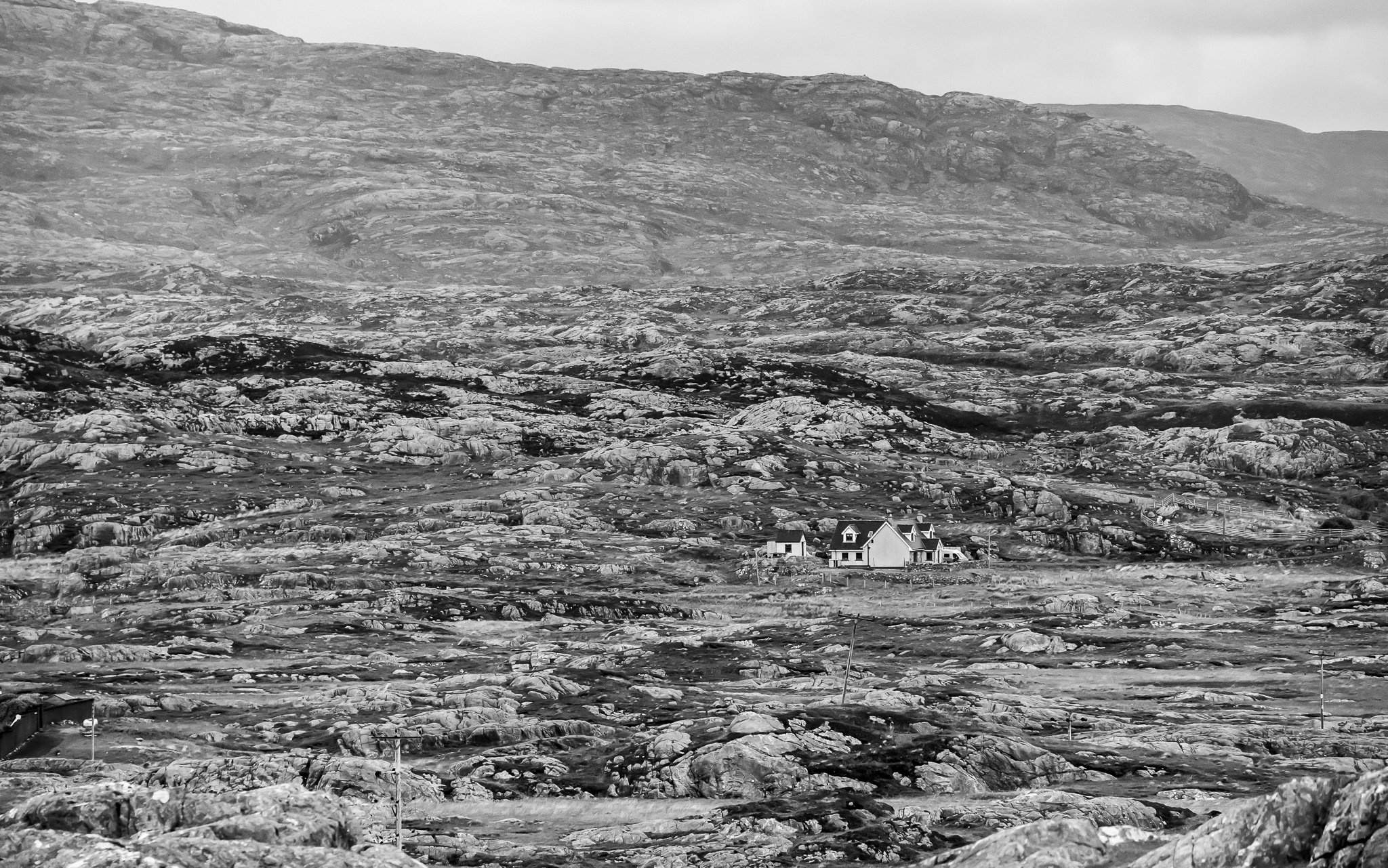Call the Midwife is one of my favourite television programs. For the unfamiliar, central to the plotline are the midwives, female nurses and nuns living in a convent called Nonnatus House. The series was inspired by the memoirs of Jennifer Worth, a midwife who worked in London’s east end in the 1950s.
The stories are about relationships among the midwives, the Sisters, the expectant mothers and their babies, and the broader local community. The episodes intersect with medicine, social issues, politics and historical events that impact the characters and their storylines. Central to each episode is the subject of love - maternal, paternal, sisterly, romantic, or the love between friends.
If you are unfamiliar dear reader, indulge as it is equally heartwarming and heartbreaking.
The first season was set in 1957, and there have been 12 seasons to date, with more coming episodes being produced that will chronicle life into the 1970s. Each season the writers offer a much-anticipated special episode for Christmas that pulls even harder on your heartstrings.
In 2019, season 9, the writers took the audience to the Isle of Lewis in Scotland’s Outer Hebrides. The midwives travel to Lewis to support a remote community with limited access to health care and to provide safe childbirth. Travelling on their trusty bicycles, the midwives cycle through the blackhouse village, and one of the Sisters has a test of faith amongst the neolithic stones of Callanish.
It’s a beautiful episode, characteristic of everything endearing about the show. It depicts a simpler life, not necessarily easier, but with fewer distractions and a concerted focus on what matters. The scenery in this episode is spectacular. I added the Isle of Lewis to my travel bucket list.
While planning my itinerary following Karl through Scotland, it was then the opportunity presented to venture over to the Hebrides as a sidetrack to the original route.
The name Hebrides roughly translated means the "isles at the edge of the sea". There are the Inner Hebrides (off the west coast of Scotland divided into the Northern and Southern Islands) and the Outer Hebrides, including the Isle of Lewis.
Lewis is the largest and most northerly outer Hebridian Island and was one of the first settlements in Britain around 8500 BC. The oldest site is the Neolithic stones of Callanish –– the ones visited by Sister Monica Joan –– that predate Stonehenge.
Preserved historical structures include the thatched-roofed blackhouse village visited by the midwives. This village is significant as a former “crofting” community. Crofters shared the practice of growing crops and livestock and sharing the profits. Their homes were built with stonewalls to protect against the Atlantic Ocean, while stones and fishing nets held down the thatched roofs.
There’s much more to see and explore on the Isle of Lewis: sandy beaches, hiking trails, and the massive peat plateau in the middle of the Island. While this GlobeTrotter continued island hopping in the Hebrides over to the Isle of Harris* and Sky. Next week we will catch up again with Karl on the mainland, in the Highlands of Scotland.
*The Isle of Harris is technically on the same Island as Lewis. While Lewis occupies the northern two-thirds, Harris occupies the southern third.
If you are new to the Karl Chronicles, get caught up on our expedition around the world! Start here with: 100 highlights from 100 Chronicles
Then get caught up on the rest of our journey, click here for more Karl Chronicles
The Karl Journey is now registered as an official expedition with the Royal Geographical Society

